While Rafael Nadal is undoubtedly the “King of Clay,” dominating events like the French Open and Monte Carlo Masters, the Madrid Open presents a more complex picture. Examining his performance in Madrid reveals nuances that might suggest it’s been a comparatively weaker clay-court event for him, although still a successful one by any measure.
A Statistical Look at Nadal’s Clay Court Dominance
To understand why Madrid might be considered a “weaker” event for Nadal, it’s helpful to look at his overall clay-court record:
- French Open: 14 titles. This is his most dominant tournament by far, where he has an astonishing win rate.
- Monte Carlo Masters: 11 titles. Another tournament where Nadal has consistently showcased his dominance.
- Barcelona Open: 12 titles. A long-time favorite tournament for Nadal.
- Rome Masters: 10 titles.
Compared to these, his record at the Madrid Open, while impressive, doesn’t reach the same level of unparalleled supremacy.
The Madrid Open: A Closer Examination
- Titles: 5 (2005, 2010, 2013, 2014, 2017). While five titles are nothing to scoff at, it’s fewer than his other major clay-court events.
- Most Wins: Nadal holds the record for the most wins (57) at the Caja Mágica.
- 2024 Appearance: In his 20th appearance in Madrid in 2024, Nadal defeated Darwin Blanch and Alex de Minaur, showing flashes of his vintage form. However, he lost to Jiri Lehecka in the fourth round.
- Altitude Factor: Madrid is played at a higher altitude than most other major clay-court tournaments, which affects the ball’s speed and bounce. This can disrupt Nadal’s usual rhythm and the heavy topspin he relies on.
- Surface Evolution: The Madrid Open has switched surfaces a couple of times. It was initially played on hard court, where Nadal won in 2005. After it transitioned to clay, there was a controversial period with blue clay (2012), which Nadal openly criticized before reverting to the traditional red clay. These surface changes may have contributed to inconsistencies in his performance.
Notable Losses and Challenges
Throughout his career, Nadal has faced some surprising defeats at the Madrid Open:
- 2015: Andy Murray defeated Nadal in the final, marking Murray’s first Masters title on clay. This was considered one of Nadal’s worst performances on clay.
- 2019: Nadal’s clay slump continued with a semifinal elimination against Stefanos Tsitsipas, adding to his worst start to the clay-court swing since 2015.
- 2024: Jiri Lehecka, ranked outside the top 30, defeated Nadal, highlighting the challenges he faced even in his later years.
These losses, particularly against players he typically dominates on clay, underscore the unique challenges that the Madrid Open presents.
Is Madrid Nadal’s “Weakest” Clay Event?
It’s important to provide context. Even if Madrid is comparatively weaker, it’s still a tournament where Nadal has had considerable success. The sample size of his wins in other major clay-court tournaments is just so high, it almost makes Madrid look weaker in comparison. Several factors contribute to this perception:
- High Altitude: The altitude affects how the ball travels, potentially neutralizing some of Nadal’s spin advantage.
- Surface Variations: The changes in surface over the years might have impacted his consistency at the event.
- Timing in the Season: Depending on his physical condition and form leading up to the Madrid Open, Nadal’s performance could vary.
- Competition: The level of competition is always high at a Masters 1000 event, and any slight dip in form can be heavily punished.
Conclusion
While Rafael Nadal has an impressive record at the Madrid Open, it is reasonable to consider it a comparatively “weaker” clay-court event for him when placed against his unparalleled dominance at the French Open, Monte Carlo, Barcelona, and Rome. The altitude, surface changes, and timing within the season all contribute to the unique challenges he’s faced in Madrid. Despite these factors, his five titles and numerous deep runs demonstrate his ability to compete and succeed even under less-than-ideal conditions, further solidifying his legacy as the greatest clay-court player of all time.



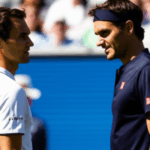
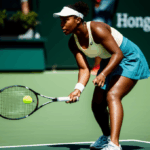
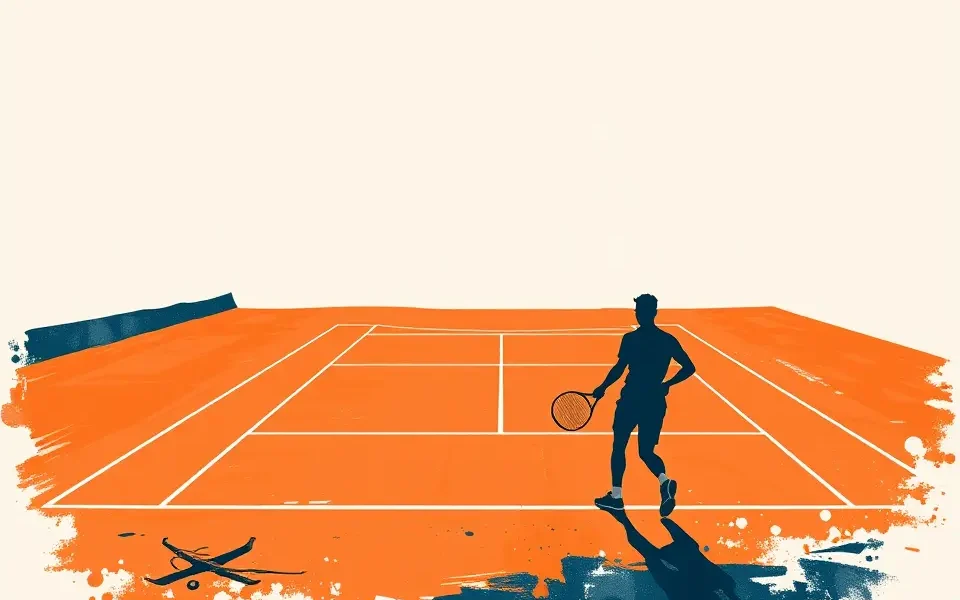
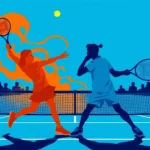
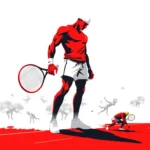
No Comment! Be the first one.